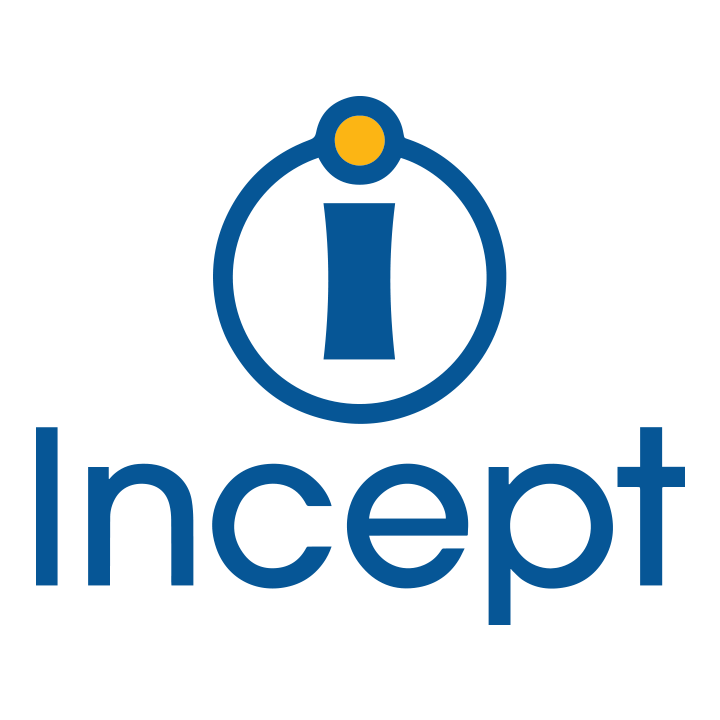There are two scenarios when evaluating the savings of co-sourcing work you are currently doing internally:
- It will save you money
- It will cost you more money
Although it is significantly more likely that co-sourcing will save you money, we have had discussions with a couple of companies that have a very effective and efficient internal center that meets their organization’s needs. We are business people first, and we happen to have a very effective contact center as a part of our company. This helps our partnership greatly because we are able to help a client or prospect find the right balance. If someone tells you that you should outsource everything or nothing, they are probably wrong. There is a sweet spot where you can optimize your own profitability, customer experience, etc.
The best illustration of this might be a software company that outsources their customer service, level 1 tech support, retention, and pre-sales work, but retains a core group of very specialized, high-level technical support people to be able to work closely with R&D. Also, the cost of transferring that intimate technical knowledge may be too high to be supported by the program.
In the more common situations where there is a portion of the workload that makes financial sense to co-source, here is a list of the cost buckets and financial considerations to make when evaluating the decision.
Obvious fixed costs
- Recruiting, Hiring, training
- Computers, desks, software licenses
- Supervisors, quality assurance
- Rent/space
Hidden fixed costs
Opportunity cost of where your best people are spending time is a huge consideration. Do you have a really talented player that is managing an internal contact center? Could that person spend ¼ of their time managing a co-sourced partner, and ¾ of their time doing even more proactive projects that will help grow the business? Do you have recruiting resources that are scrambling to keep your contact center filled, but they could be more diligently finding the perfect candidate for a middle-management role?
In the event that you are planning on growing your business, the cost of growth is typically not linear. On some costs, you will see incremental returns (more direct labor with less overhead/supervision). On some costs, however, you will have significant step functions. For example, when you max out your current space/servers/licenses, you may incur a big one-time cost to expand. Avoiding these big expenses or saving the capital allocation for something more strategic could be a great way to approach “savings” from using an external center.
Variable costs
Even when evaluating the direct costs of a program and what the impact of going with an external contact center would be, there can be significant savings. For one, a co-sourcing center probably has many other clients, which allows them to leverage volume for long-distance rate savings.
Direct labor costs can also be very different. For example, we have clients with internal centers in parts of California where wages are significantly higher than they are here in Canton, Oh. This allows us to be more aggressive on our rates. With minimum wage legislation in various states getting a lot of conversation, there are future cost risks that could also be mitigated by using an external center.
Your center in Arizona may be at significant more risk of a $15 minimum wage change that would dramatically change the cost structure of your operation. Co-sourcing could be a great way to mitigate that future profitability risk.
Performance savings/additional benefit
This is what we do. As simple as that, we have been honing our systems, processes, and culture for 20 years to provide really good quality and results. Our hiring practices, team leads, quality systems, and coaching practices are continuously evaluated and refined for each client-program to make sure we are as good as we can be. In a lot of cases, this means that once we are over the initial learning curve on the specific knowledge for a client’s products/situation, we are able to produce better results than their internal center or previous partner.
In an example like an inbound sales program, this can mean very immediate conversion improvements that yield additional revenue and/or margin for our clients. This is one of the core reasons why we embrace performance kickers or pay-for-performance pricing where applicable; it allows us to stay extremely aligned with the financial success of our clients.
Growth scales the savings quickly
Remember when you’re thinking about the savings and even getting into ROI calculations, they are probably going to be based on historical costs and performance. If you’re intending to grow, as most companies are, figuring in the effects of growth can be significant.
Specifically, the per call/minute/sale costs of a program that you have co-sourced will typically go down as you outsource more volume because of scalability. Also, to be apples to apples, you would have to include the expected costs of growth (adding booths, agents, infrastructure, etc.); it’s not only what you would save over historical rates, it is also the avoidance of the costs you would incur to grow as well.

